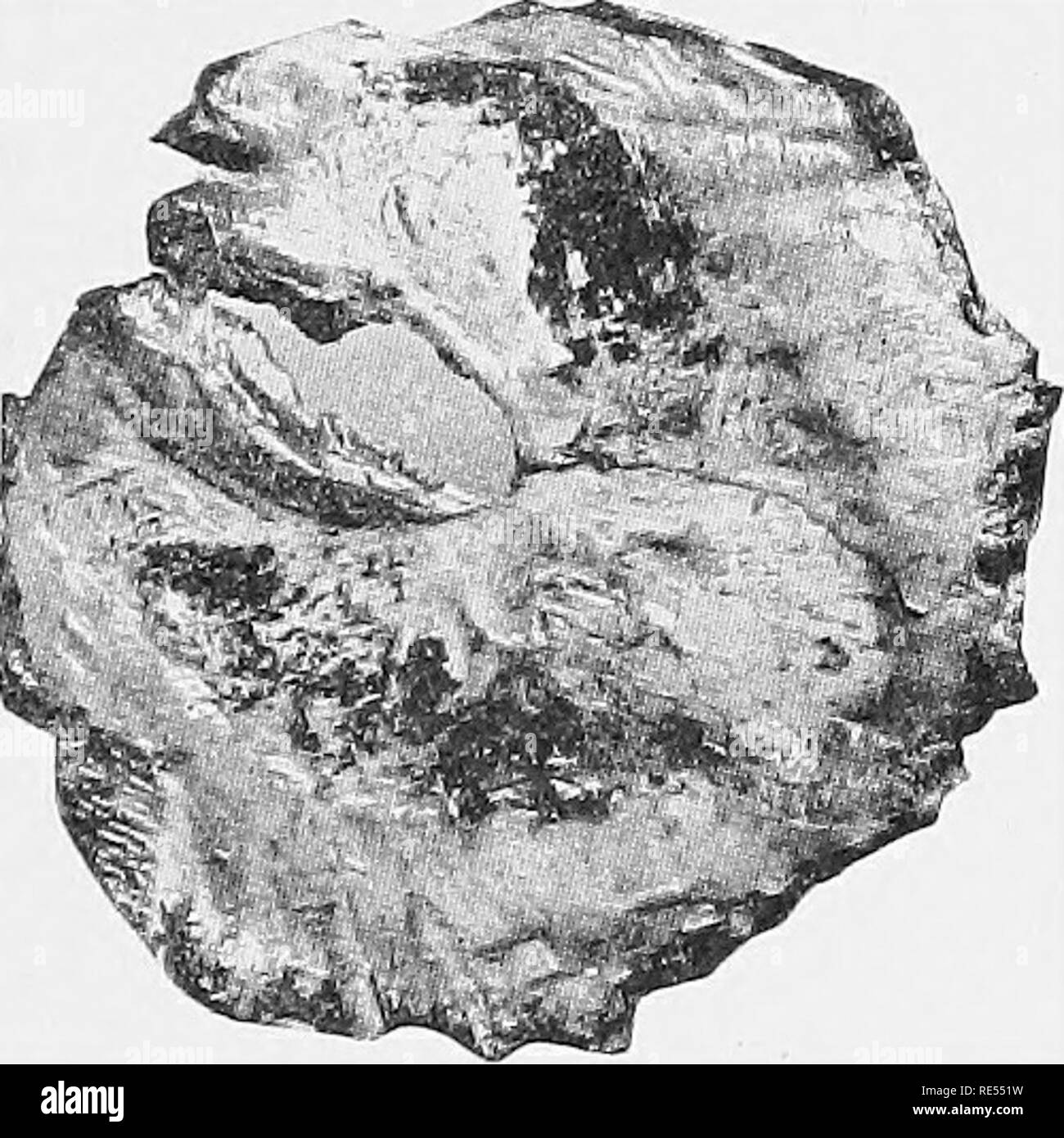. Veterinary studies for agricultural students. Veterinary medicine. 210 VETERINARY STUDIES the surface. Small ulcers may occur in the back part of the mouth, in the gullet and stomach. Very small hemorrhages are found on the surface or through the deeper structure of the kidneys. Cause.—Hog cholera is a very infectious disease which has its origin in a living virus. The virus particles are probably so small as to be invisible with our best microscopes and are capable of passing in some form through a laboratory germ filter. This is probably a complicated disease in most outbreaks. The filtera

Image details
Contributor:
The Book Worm / Alamy Stock PhotoImage ID:
RE551WFile size:
7.2 MB (406.9 KB Compressed download)Releases:
Model - no | Property - noDo I need a release?Dimensions:
1581 x 1581 px | 26.8 x 26.8 cm | 10.5 x 10.5 inches | 150dpiMore information:
This image is a public domain image, which means either that copyright has expired in the image or the copyright holder has waived their copyright. Alamy charges you a fee for access to the high resolution copy of the image.
This image could have imperfections as it’s either historical or reportage.
. Veterinary studies for agricultural students. Veterinary medicine. 210 VETERINARY STUDIES the surface. Small ulcers may occur in the back part of the mouth, in the gullet and stomach. Very small hemorrhages are found on the surface or through the deeper structure of the kidneys. Cause.—Hog cholera is a very infectious disease which has its origin in a living virus. The virus particles are probably so small as to be invisible with our best microscopes and are capable of passing in some form through a laboratory germ filter. This is probably a complicated disease in most outbreaks. The filterable virus is evidently the principal and specific infec- tion. With this virus there is usually one or more secondary invaders. One of the secondary invaders may cause or con- tribute to the chronic lesions, ulcers of the digestive tract, for instance. Another may cause or contribute to the lung and pleura lesions. This accounts, in part, for the wide variations in symptoms and lesions. Infection usually occurs by way of the mouth, and the period of incubation is from 8 to 14 days. Simple conditions of keep and feed have much to do with making the animals susceptible, but food and surroundings cannot serve as the first cause of hog cholera. Predisposing factors must be given due consideration, but the most important things to remember are the sick hog and the living virus and that hog cholera never appears without the infection which may be easily carried from one place to another. If the hog is fed exclusively on corn diet and kept overfat; or if it is kept shut up in dark, damp, and perhaps filthy pens, it will not be able to resist any disease as would the hog kept under more favorable conditions. But these are only contribut- ing factors. The laws of hygiene cannot be neglected without rendering any animals more susceptible to disease;, but no de- gree of ordinary vigor can give assurance of immunity to cholera.. Fig. 73.—Hog Cholera. (M. 3. S.) Hemorrhages (dark spots)